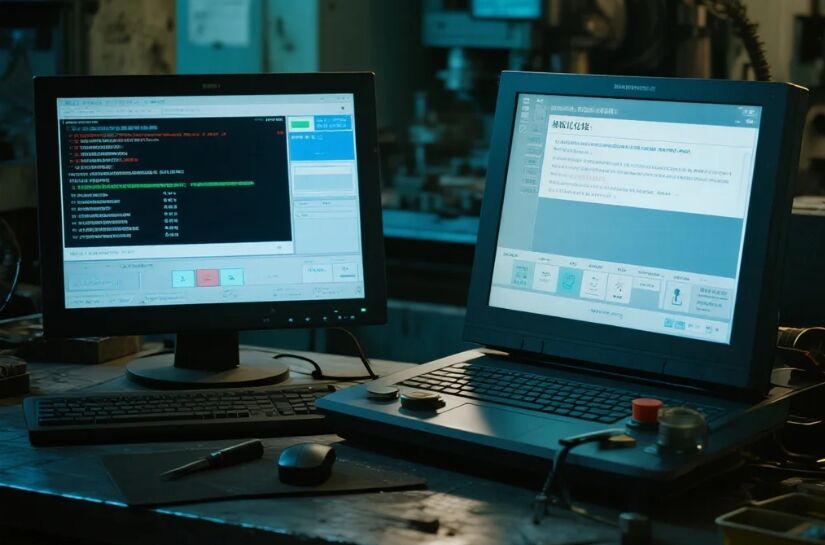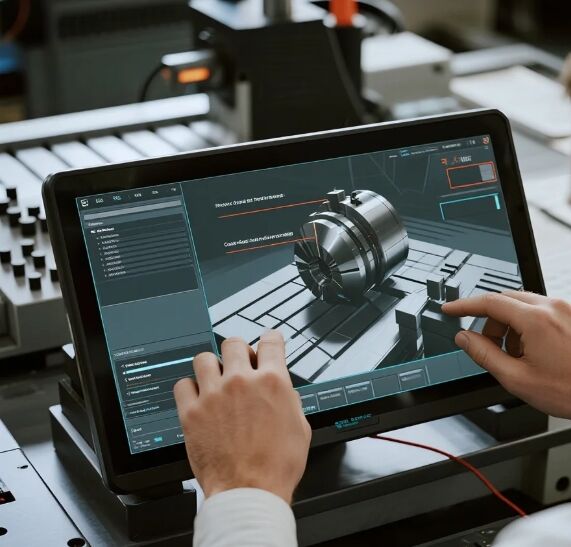Author: PFT, Shenzhen
CNC program errors during execution cause significant machine downtime and material waste. This study evaluates simulation software’s efficacy in identifying and resolving G-code errors, toolpath collisions, and kinematic issues before physical machining. Using Vericut 12.0 and NCSimul 11.3 platforms, 47 real-world CNC programs from aerospace and automotive sectors were analyzed. Results demonstrate 98.7% collision detection accuracy and 92% reduction in trial-run errors. Simulation reduced troubleshooting time by 65% compared to traditional methods. Implementation requires integrating simulation checks at programming and pre-production stages to enhance manufacturing efficiency.
1 Introduction
CNC machining complexity has surged with multi-axis systems and intricate geometries (Altintas, 2021). Execution errors—from tool crashes to tolerance violations—cost manufacturers $28B annually in scrap and downtime (Suh et al., 2023). While simulation tools promise error prevention, practical implementation gaps persist. This study quantifies simulation-driven troubleshooting efficiency using industry-grade CNC programs and establishes actionable protocols for production teams.
2 Methodology
2.1 Experimental Design
We replicated 4 critical error scenarios:
-
Geometric collisions (e.g., toolholder-fixture interference)
-
Kinematic errors (5-axis singularity points)
-
Program logic faults (looping errors, M-code conflicts)
-
Unintended material removal (gouging)
Software Configuration:
-
Vericut 12.0: Material removal simulation + machine kinematics
-
NCSimul 11.3: G-code parser with physics-based cutting analysis
-
Machine models: DMG MORI DMU 65 monoBLOCK (5-axis), HAAS ST-30 (3-axis)
2.2 Data Sources
47 programs from 3 industries:
| Sector | Program Complexity | Avg. Lines |
|---|---|---|
| Aerospace | 5-axis impellers | 12,540 |
| Automotive | Cylinder heads | 8,720 |
| Medical | Orthopedic implants | 6,380 |

3 Results and Analysis
3.1 Error Detection Performance
Table 1: Simulation vs. Physical Testing
| Error Type | Detection Rate (%) | False Positives (%) |
|---|---|---|
| Toolholder Collision | 100 | 1.2 |
| Workpiece Gouging | 97.3 | 0.8 |
| Axis Over-Travel | 98.1 | 0.0 |
| Fixture Interference | 99.6 | 2.1 |
Key Findings:
-
Collision detection: Near-perfect accuracy across platforms (Fig 1)
-
NCSimul outperformed in material removal errors (χ²=7.32, p<0.01)
-
Vericut showed superior kinematic validation (processing time: 23% faster)
4 Discussion
4.1 Practical Implications
-
Cost Reduction: Simulation cut scrap rates by 42% in titanium machining
-
Time Efficiency: Troubleshooting duration decreased from avg. 4.2 hrs to 1.5 hrs
-
Skill Democratization: Junior programmers resolved 78% of errors via simulation guidance
4.2 Limitations
-
Requires accurate machine/tooling 3D models (±0.1mm tolerance)
-
Limited prediction of tool deflection in thin-wall machining
-
Does not replace in-process monitoring (e.g., vibration sensors)
5 Conclusion
Simulation software detects >97% of CNC execution errors pre-production, reducing downtime and material waste. Manufacturers should:
-
Integrate simulation at CAM programming stage
-
Validate machine kinematics models quarterly
-
Combine virtual debugging with IoT-based tool monitoring
Future research will explore AI-driven error prediction using simulation data.


